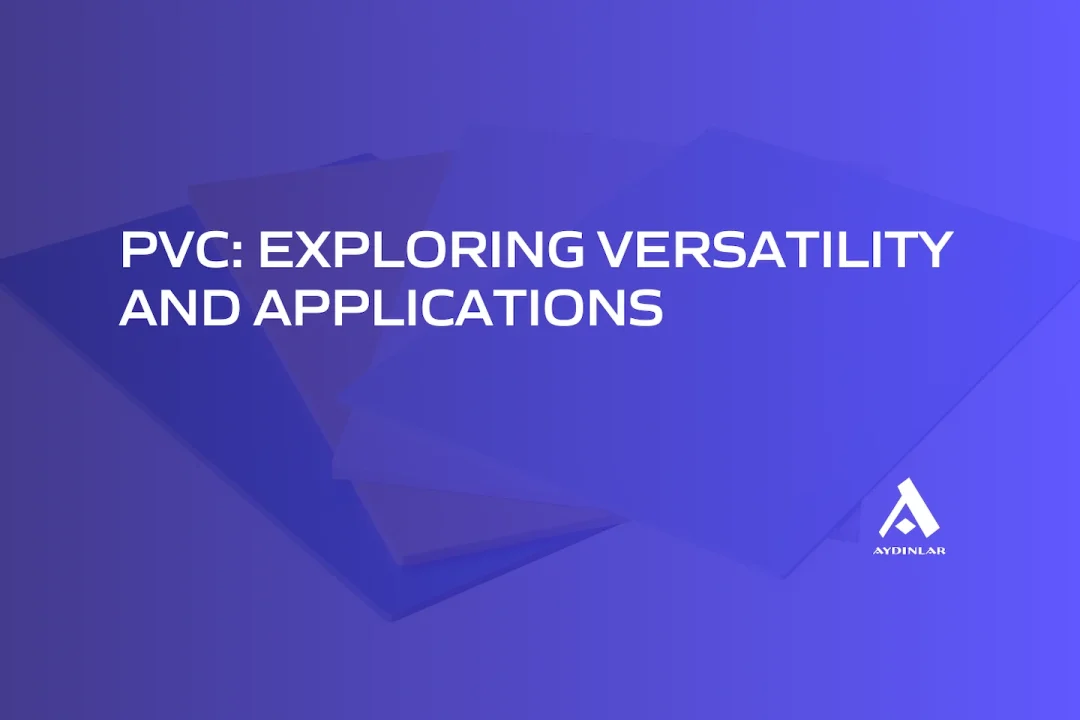Technical Plastics
PVC: Exploring Versatility and Applications
Polyvinyl Chloride, commonly known as PVC, is one of the most widely used synthetic polymers in the world. Its remarkable versatility and adaptability have made it a staple material across various industries, from construction and healthcare to electronics and automotive. This article aims to delve deep into the world of PVC, exploring its properties, manufacturing processes, applications, and environmental considerations.
The Genesis of PVC: Manufacturing and Properties
Manufacturing PVC: From Monomer to Polymer
Polyvinyl Chloride is produced through a process known as polymerization, which involves the chemical reaction of vinyl chloride monomers (VCM). There are two main processes used to manufacture Polyvinyl Chloride: suspension polymerization and emulsion polymerization. Suspension polymerization is the most common method, producing a form of PVC that is ideal for a wide range of applications due to its fine, granular consistency.
Emulsion polymerization, on the other hand, results in a much finer particle size, which is suitable for specific applications requiring a higher degree of plasticity.
Distinctive Properties of PVC
Polyvinyl Chloride is known for its excellent combination of physical and chemical properties. It is inherently flame resistant and has a high electrical insulation capability, making it an ideal choice for wiring and cables. PVC is also resistant to oxidation, acids, bases, and other chemicals, which contributes to its longevity and durability in various environments.
Additionally, Polyvinyl Chloride has a unique versatility in terms of processing; it can be made softer and more flexible by adding plasticizers, or it can be made more rigid by the inclusion of stabilizers, impact modifiers, and fillers.
Applications of PVC: A Multifaceted Material
The wide-ranging applications of PVC are a testament to its adaptability and performance in diverse conditions.
Construction Industry: The Backbone of PVC Consumption
Polyvinyl Chloride plays a pivotal role in the construction industry, offering solutions for roofing, window frames, piping, and flooring. Its durability, resistance to moisture and chemicals, and low maintenance requirements make it an ideal material for building applications. Polyvinyl Chloride pipes, in particular, are favored for plumbing and sewage systems due to their long lifespan and resistance to corrosion.
Healthcare: A Critical Component
In the healthcare sector, PVC’s non-reactivity and easy sterilization process make it invaluable. It is used in a variety of medical devices, including blood bags, tubing for intravenous (IV) lines, and containers for blood and IV solutions. The material’s flexibility and compatibility with bodily fluids make it indispensable in medical applications.
Automotive and Electronics: Driving Innovation
Polyvinyl Chloride’s application in the automotive industry includes interior trimmings, dashboard components, and insulation for wiring. Its flame resistance and durability contribute to safety and longevity. In electronics, Polyvinyl Chloride is widely used in cables, sheathing, and insulation, providing protection against electrical hazards and ensuring the reliability of electronic devices.
Packaging: Protecting and Preserving
Polyvinyl Chloride’s role in packaging encompasses both rigid and flexible formats. Its ability to form airtight seals makes it a popular choice for preserving the freshness of food in containers and cling films. Additionally, its durability and resistance to impact ensure that goods are protected during transport and storage.
Environmental Considerations and Innovations
The Debate on PVC’s Environmental Impact
The environmental impact of Polyvinyl Chloride has been a topic of considerable debate. Concerns primarily revolve around the production process, which involves toxic chemicals, and the challenges associated with recycling Polyvinyl Chloride due to its chlorine content and the presence of additives. Incineration of Polyvinyl Chloride waste can release dioxins, which are harmful to human health and the environment.
Advancements in Recycling and Sustainable Production
In response to environmental concerns, significant advancements have been made in the recycling of PVC and in developing more sustainable production methods. Mechanical recycling, where Polyvinyl Chloride waste is physically processed to create new materials, is increasingly common. Chemical recycling, which breaks down Polyvinyl Chloride to its molecular components for polymerization, is also being explored as a way to enhance the recyclability of PVC.



Take a look at our product range!